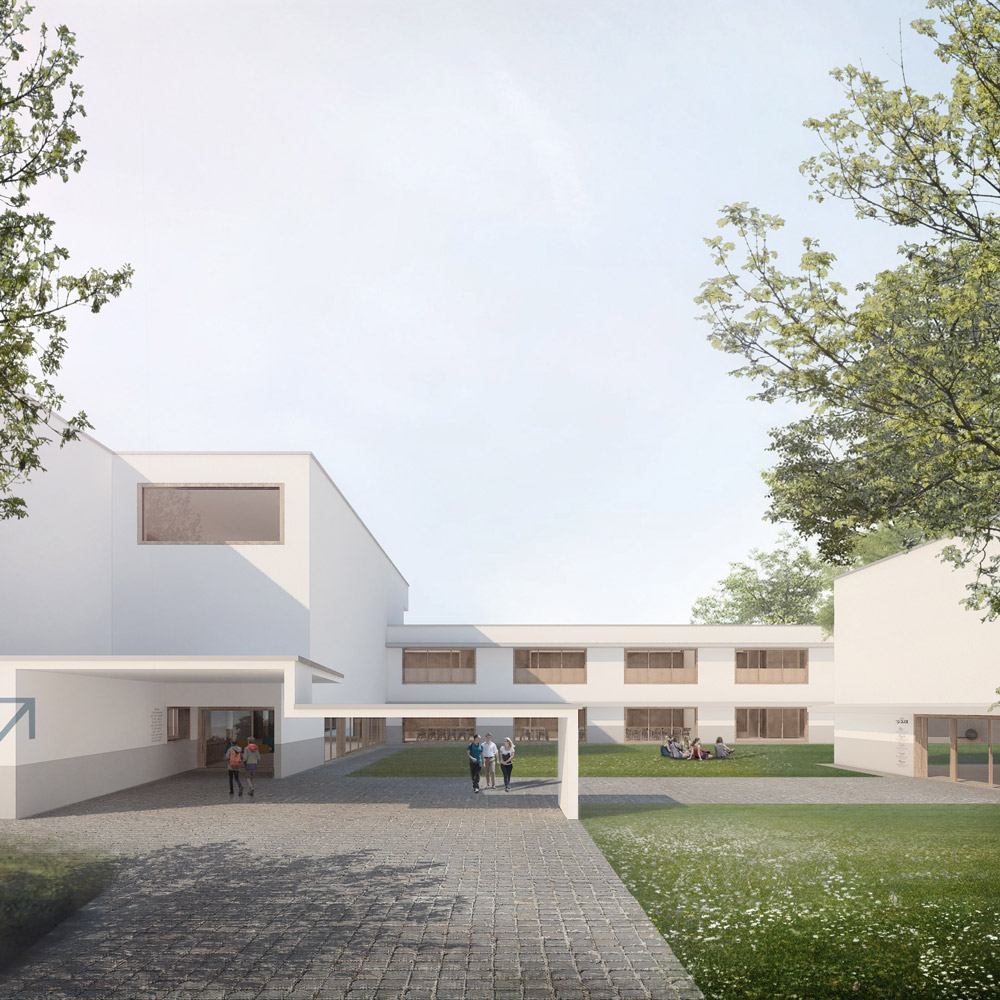18/020
LERUA
Architectural Practice
Turin
18/020
LERUA
Architectural Practice
Turin


Please, introduce yourself…
LERUA is an architecture, landscape and urbanism practice based in Turin established in 2017, by Fabiana Ledda and Paolo Russo. The design conception is always supported by a careful theoretical basis on architectural and land components.
The pratical approach is based in an ardent interest in the contemporary city, public space and the social role of the architecture and landscape in the cultural context.
How did you find your way into the field of Architecture?
Paolo: After several years spent abroad, studying and working, we decided to return to Italy to open our practice. We are personally interested in architecture in all its facets. An aspect we are particularly interested in is related to participation in design competitions. Regarding this topic, we do not develop a specific theme but we are interested in the processes that allow us to design public space. In a sense, we try to design public space, so the building becomes a consequence of this action and not theopposite.
What comes to your mind, when you think about your diploma project?
P: My final project was really interesting because I was able to develop a topic to which I was very tied up. The project concerns the redevelopment of an old factory where they produced cement. The interesting aspect was not to think in terms of a functional program but the goal was to exalt the qualities of this type of architecture, thinking about space, light, materials and their relationships. I developed my project with three professors.They guided me to the understanding of the project theme (An architecture without function) and allowed to build my vision. This experience has certainly influenced my approach to the themes of architecture and landscape, sensitizing my approach to the transformations of urban and extra-urbanterritory.
Fabiana: The diploma project was an intervention in a historical context. There vitalization of the medieval village, that was the main purpose of the project, could be realized through the resolution of two issues: The first one was about access and mobility, the other one is about the lack of services.The project was performed on two scales: By building an urban system that included part of the historic city and integrated a number of buildings that had been abandoned; And architecturally, with the redevelopment of some buildings. Through these actions, the focus was to design a structure that connected open spaces and closed spaces, with the establishment of a route that connected downtown to the east and west and from north to south. With regard to the architectural scale, it was important to maintain some unaltered structural components of the buildings, while others, subject to more recent changes, had been redesigned. The supervisors of this work were Prof. Massimo Faiferri and the Portuguese Architect Gonçalo Byrne.This project is for me an important research that includes a series of themes that I continue to develop. Build in the built and intervene without changing the existing system, relation between public and private spaces, create new function in historical contexts are a recurring themes in our vision.
What are your experiences founding LERUA and working as free, self-employed architects?
There are many difficulties because if you are a small studio and you do not have particularly large jobs it is difficult. At the same time it is fantastic because it was a great dream we had.

How would you characterize Turin as a location for architects, who want to start their own practice?
Before Turin we lived in London. We decided to return to Italy to open our office and after several evaluations we decided that we wanted to build our business in this city. Turin is definitely smaller than London and offers fewer possibilities but it is a very interesting city due to the presence of the river and its history. It is a city where many investments are being made concerning the cultural aspect. In reality you can find us the OGR (here called the little Tate Modern), the New Lavazza headquarters designed by Cino Zucchi and the university project still under construction followed by Rafael Moneo and AimaroIsola.
What does your working space look like?
Our office is a very small space near to Valentino’s Park in Turin. It’s like a co-working space, because we share the flat with other people but we have our own room with a nice window with a tree in front of it. We have another small office in Sardinia, precisely in Castelsardo. Also in Castelsardo we have a large window, but in this case the view is even more spectacular… in front of our eyes we have the sea.
What is the essence of architecture for you personally?
Space – Light – Material – Atmosphere – Intensity
Your master of architecture?
A Book: Carta a mis sobrinos / letter to my nephews (Miguel Fisac)
A Person: Álvaro Joaquim de Melo Siza Vieira
A Building: La Congiunta of Peter Märkli
What has to change in the Architecture Industry?
Work less with images and more with architecture.

Project







